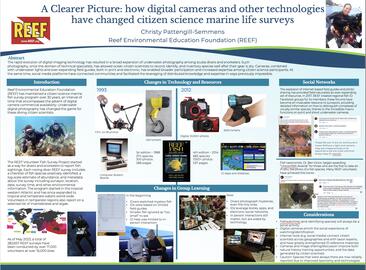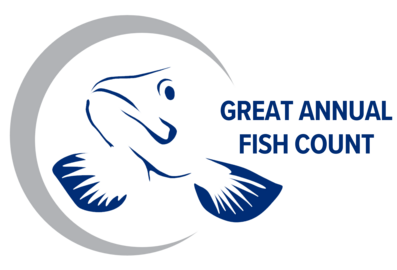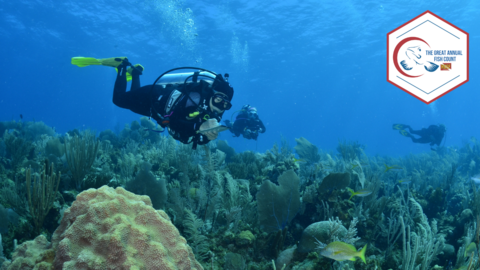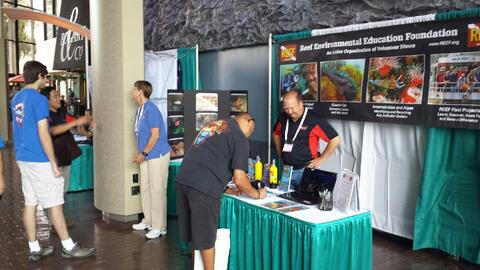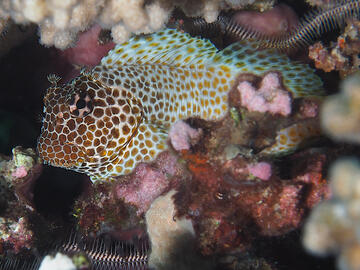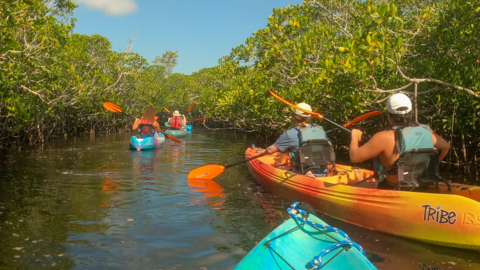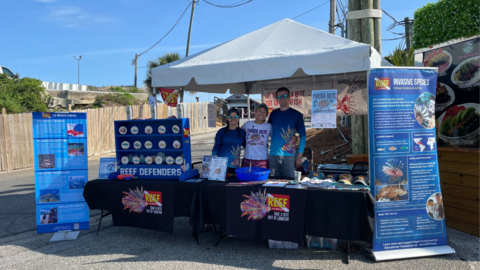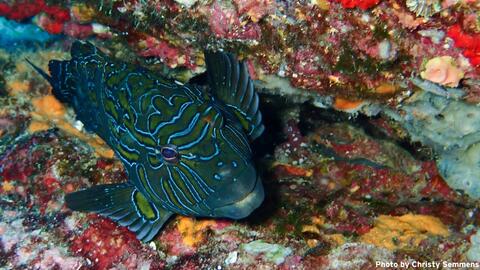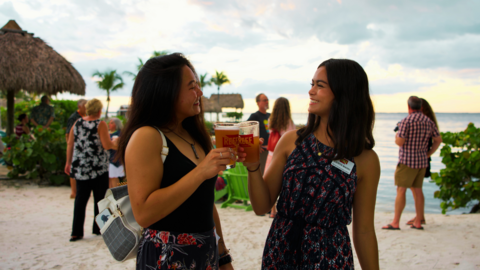Dr. Christy Pattengill-Semmens, REEF Co-Executive Director of Science and Engagement, recently attended the 2023 Citizen Science Association Conference to share information about the Volunteer Fish Survey Project (VFSP). The semi-annual conference brings together a wide variety of practitioners, volunteers, academics, educators, and more, to share ideas and insights, and to forge stronger relationships and practices across the field.
This Great Annual Fish Count, join REEF and Silent World for a free fish ID class, followed by a REEF survey snorkel.
Morning check-in for class at Silent World at 10:15am, presentation start at 10:30am, check-in for the survey snorkel at 11:15am, and return to dock around 2:30pm. A REEF representative will be onboard to answer any fish or surveying questions!
The Conservation Challenge is a fun way to earn collectible stickers while participating in marine conservation and citizen science. During the month of July, you can earn a Conservation Challenge sticker by participating in a Great Annual Fish Count event or by submitting a REEF survey anytime this month. The Great Annual Fish Count is a month-long initiative for divers and snorkelers to learn about marine life and get involved in citizen science. You can learn more and see GAFC events near you at www.fishcount.org.
REEF members are the heart of our grassroots marine conservation programs. A diverse community of divers, snorkelers, and ocean enthusiasts support our mission to conserve marine environments worldwide.
This month we highlight John Smajdek, a REEF member from California. He is an active surveyor in the Pacific Coast of the US and Canada (PAC) region, where he has conducted nearly 400 surveys, including many at local southern California dive sites. Thank you John, for being a dedicated and enthusiastic REEF member!
Education is a core part of REEF's marine conservation mission. From elementary school classes to adult travel groups, we offer programs for all ages and backgrounds through the REEF Ocean Explorers Education Program. Participants can join in both online and in person, and learn about topics like fish identification, citizen science, marine life behavior, invasive species, endangered species, sustainable fisheries, and Florida Keys ecology.
Join us for a fun afternoon and evening of drinks, food, friends, and lionfish during Sharkey's annual Rockin' the Dock celebration! Visit our REEF booth to learn all about lionfish and play fun games, and stick around as we announce the winners of our Florida Keys Lionfish Sweeps. We'll be giving away prizes to the contestants who removed the most invasive lionfish from Florida Keys waters between April 1-June 30.
REEF Field Survey Trips are eco-vacations led by marine life experts. Each trip features daily dives and fish ID classes for both beginners and experienced surveyors. Divers, snorkelers, and families are all welcome. If you're looking for a trip this fall, there are still a few spaces remaining on our upcoming trip to the southern Sea of Cortez on Sept. 29-Oct. 6.
REEF Fest 2023 is on Oct. 19-22 in Key Largo, Florida, and we hope you can join us! We have plenty of exciting activities planned, including diving, snorkeling, kayaking, ocean seminars, and socials. A highlight of the weekend is the Saturday evening celebration, For the Love of the Sea. The event will take place on the evening of Oct. 21, at a beautiful waterfront location overlooking Florida Bay - the perfect backdrop for those beautiful Key Largo sunsets.

